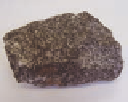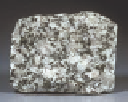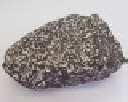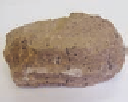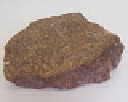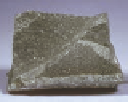Geoscience Reference
In-Depth Information
Identification of Igneous Environments
This section on igneous rocks contained a number of terms
that relate to specific processes and places within the Earth's
crust. Now is a good time to review these terms in an interactive
way. Go to the
Geo Media Library
and select
Identification of
Igneous Environments
. This animation is a drag-and-drop ex-
ercise that will test your ability to associate terms with respective
igneous features. Once you complete the exercise, answer the
questions at the end to test your understanding.
that the surface rocks are warped upward in a dome-like feature.
When this warping magma cools, it forms a
laccolith
.
Regardless of whether the igneous rock is intrusive or
extrusive, it consists largely of silicate minerals that contain
crystalline chemical compounds dominated by silicon and
oxygen atoms. Although many different kinds of silicate
minerals occur, seven are most common (Figure 12.7).
Three of these minerals are
felsic
, which means (among
Minerals
Intrusive rocks
(coarse grained)
Extrusive rocks
(fine grained)
Quartz
(silicon dioxide)
Potash feldspar
(silicate of aluminum
and potassium)
Felsic rocks
• High silica
content
• Lower melting
temperatures
• Lighter colors
Granite
Rhyolite
Plagioclase feldspar
(silicate of aluminum,
sodium, calcium)
Diorite
Andesite
Biotite mica
(silicate of aluminum
with magnesium
and iron)
Amphibole group
(silicates with
aluminum, sodium,
magnesium, iron,
and calcium)
Gabbro
Basalt
Mafic rocks
• Low silica
content
• Higher melting
temperatures
• Darker colors
Pyroxene group
(silicates with
aluminum, calcium,
sodium, iron,
and lithium)
Olivine
(silicate of iron and
magnesium)
Figure 12.7 Silicate minerals and igneous rocks.
This diagram shows the most important groups of silicate minerals, as well as some
common igneous rocks. Notice that various combinations of minerals produce different rocks, both in extrusive and intrusive forms.


























